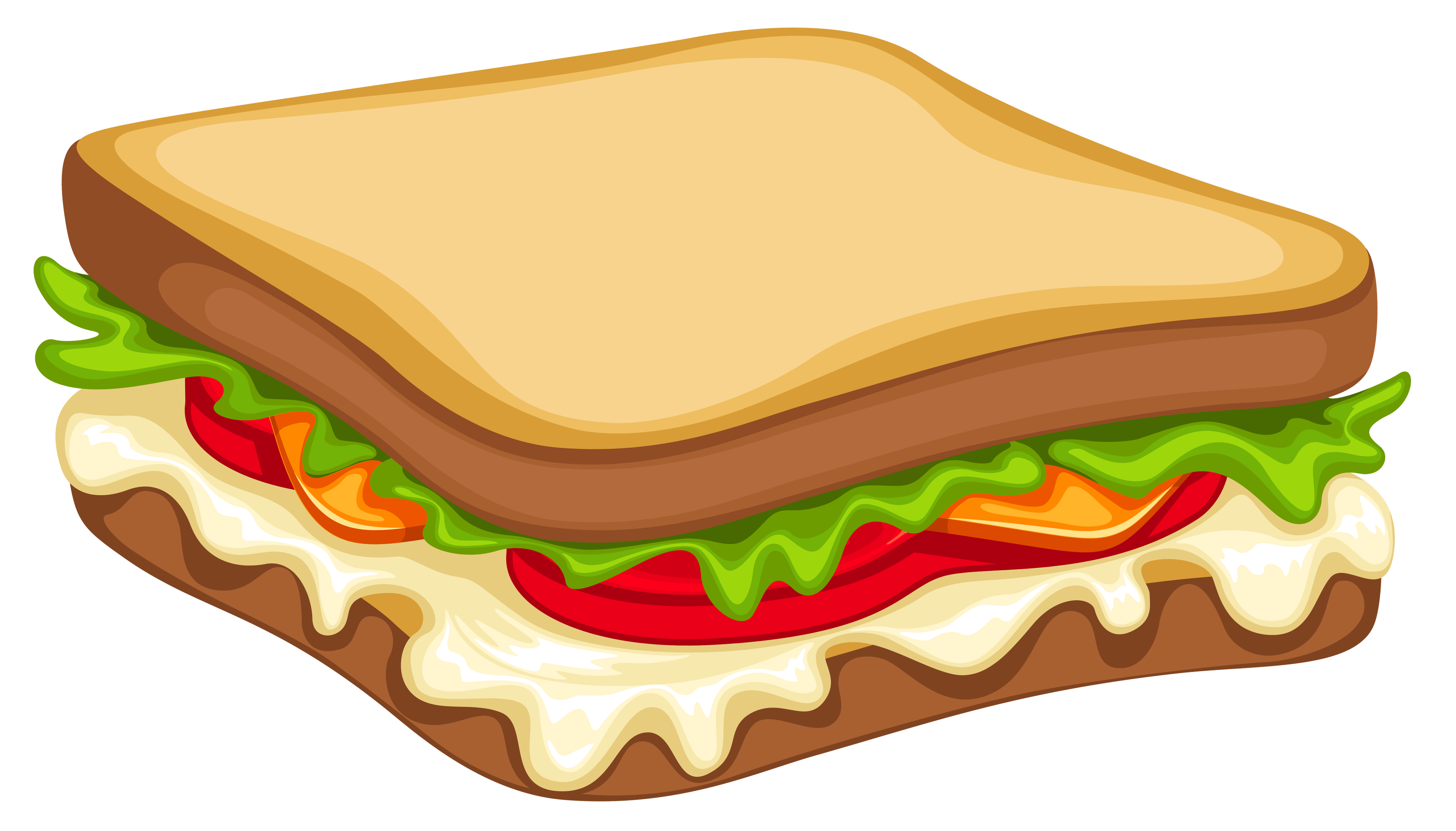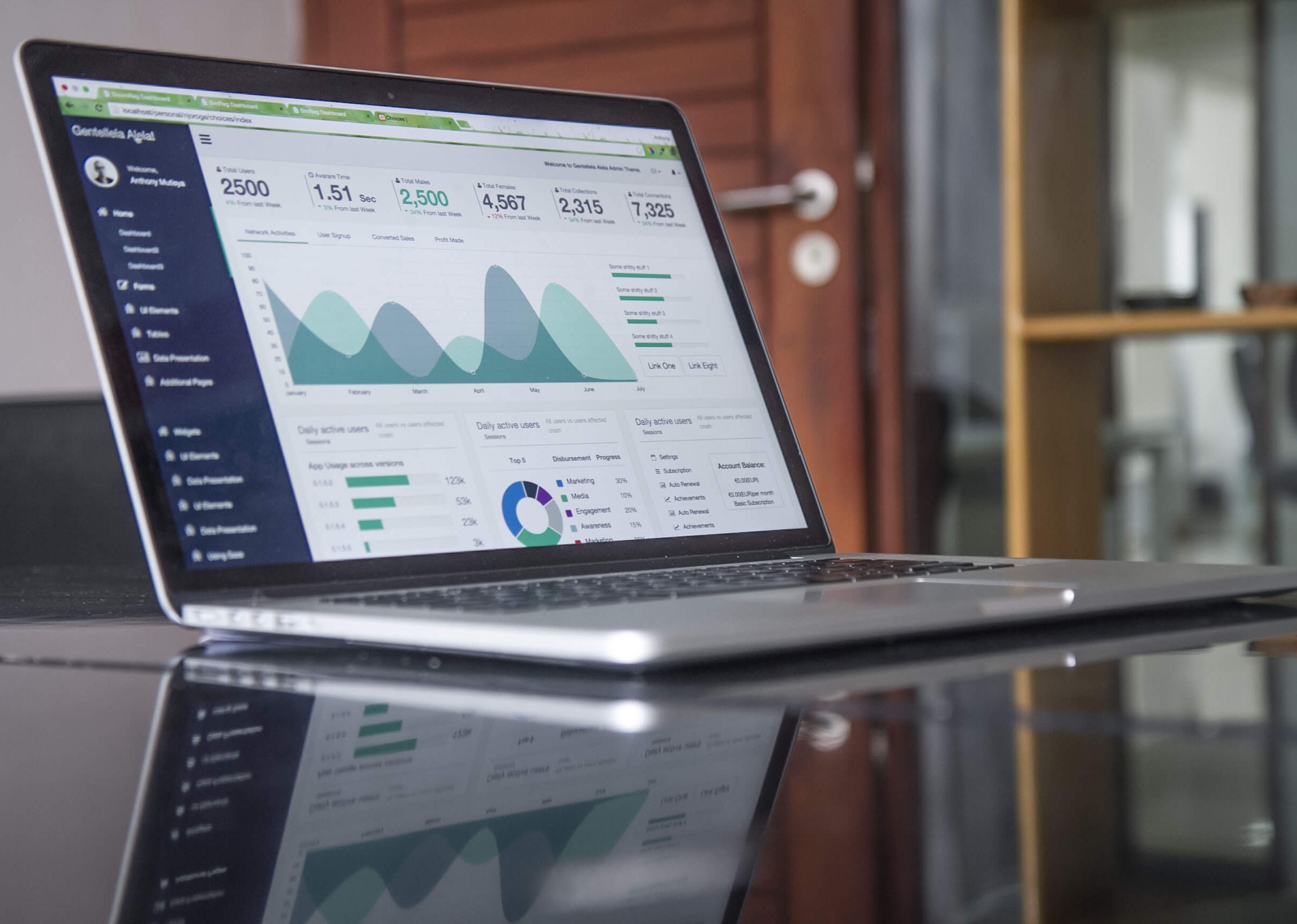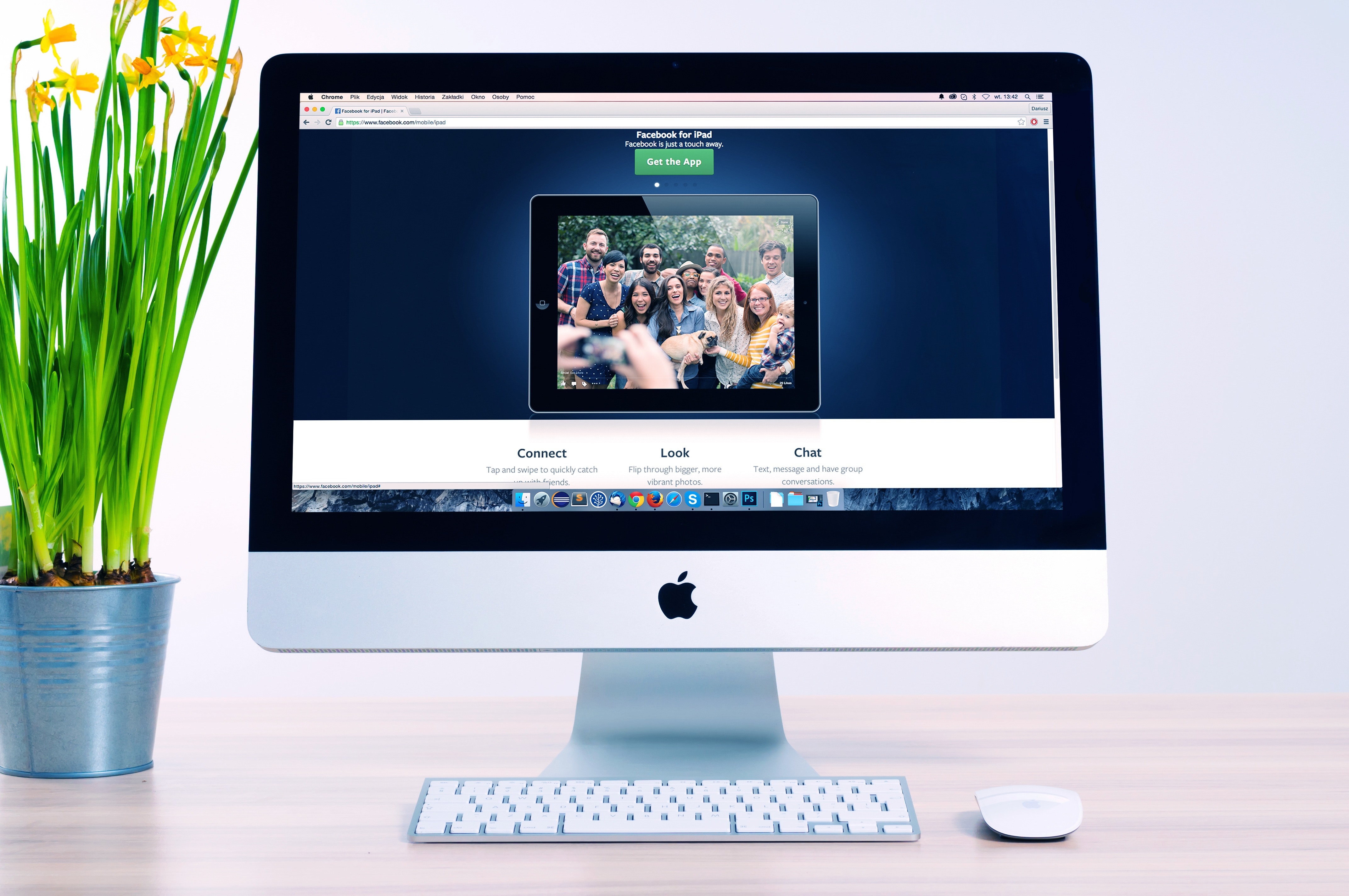
reference:Clipart Library
table of contents
What is SEO content?
In order to understand what SEO content marketers mean, it is useful to break up the phrase into components.
- 「SEO」Refers to the search engine optimization, that is, the process of optimizing a website so that people can easily find it with a search engine such as Google.
- "content"Means information that exists on the web and that may be consumed on the web (information on various types of content below).
=> SEO content means,Contents created to attract search engine trafficYou read it right!
I do not teach everything I need to know to optimize the search engine content here. That's the whole note guide. However, in order to SEO your web content, there is a super fast researcher on what you need to do:
Keyword Research:
If you want to generate traffic through searching, it is best to do keyword research before starting creation. By doing this you can focus on keywords that already have a certain amount of search volume. In other words, people can already write topics that are searching for information.
Keyword optimization:
To maximize searchability, you'll know where and how to use keywords in your content. (SEOMozProvides a great guide on optimizing on the page).
Content organization:
The contents of the site need to be organized in a logical way. This is not only for SEO but also for site visitors to easily find other relevant content. (The longer it takes to stay on your site)
Content promotion:
You can share new content you created on social networks, build links to content (internal and external sites), and increase visibility.
Types of SEO content
SEO content includes one of the following:
Product page:
This is bread and butter of retail e-commerce site. Excellent product pages can be used as both SEO content and PPC landing page.
Blog post:
Blog is the 1 one of the easiest ways to create a regular stream of SEO content. Generally, blog posts are more attractive than product pages and are more likely to attract links, making it a great way to build site privileges. (Blogs are extremely flexible and can be used to host content of the type below this list).
Article:
Let's think about news articles, interviews, or feature articles. This is the main type of content found on most newspaper and magazine style websites.
List:
The list is really like an article, but as a list (such as "10 way to lower your energy law" or "101 way I hate about Google"), framing it makes it easier to scan. These types of titles seem to be clickable when displayed in search results and social media feeds.
guide :
A guide is a longer content that explains in detail how to do something. (In many cases, the guide is divided into multiple Web pages, but it is a best practice to allow users to display long content as 1 pages.) You can post a complete guide to your website, or you can post a summary or excerpt. Visitors need to fill out the registration form to read the complete guide. While this is a good way to generate leads, keep in mind that by setting up registration walls the amount of SEO traffic that can drive into that guide may be reduced.
video :
In general, text on the web is less than text pages. As a result, creating a video instead of an article makes it easier to rank the first page of competing keywords. Depending on the type of site or business you run, videos are the best way to attract and listen to viewers. Consider creating a video tutorial on how to use the product. Or you can explain the process related to your business. For example, a plumber can create a video showing how to solve a sink. (Note on SEO: Consider including a duplicate of the text of the video, here are some tips for optimizing the video)
Infographics:
Infographics, or 1 A large format image containing a lot of data (often in the form of graphs and charts) on one subject can build many page views and links. However, since most of the content is embedded in the image and can not be read as text by the search engine, it is important to carefully optimize the remaining pages. You can start with 1 of these free infographic templates.
Slideshow – A slideshow is a way to display a series of related images.Sometimes pictures are more important than text – suppose you're trying to show Oscar what all the stars wore.Again, SEO, such as your title, captions, and image filenames, is important because search engines rarely "read" it.
Glossary :
I swear that more people will use Google to search for terms than they will use dictionaries. (Do you know where your dictionary is?) If you work in a professional industry, a well-structured glossary is a good way to capture search traffic.Consider cooking terms, medical terms, fashion terms, architectural terms ...
Directories – Directories are a useful taxonomy of links to sites and resources on a particular topic.For example, a perfume blog can create a directory of places to buy perfumes, from major department stores to independent stores.
These are part of the basic type of SEO content, but there is no limit to this list. The possibilities are practically infinite.
reference:
- http://www.wordstream.com/blog/ws/2012/01/17/seo-content-beginners-guide
- https://www.linkedin.com/pulse/y%C3%AAu-t%C3%B4-seo-c%C6%A1-ban-%C4%91%C3%AA-tao-n%C3%AAn-content-marketing-thanh-c%C3%B4ng-t%E1%BA%A1-anh
I am Nguyen Me Fuen. . I am a Vietnamese student in Japan. Pacific Northwest University · International Education Department 4 is a graduate student. I am interning at 123Server Co., Ltd. now. We will investigate the world information and the Vietnamese market by SNS marketing method.








